After losing more than 1,000 tanks , most of them destroyed by Russian UAVs, Ukrainian military planners have acknowledged that these heavy combat vehicles with powerful firepower need to change the way they operate in order to survive on the battlefield.
Ukraine's painful lesson
The elite brigades of Ukraine’s National Guard are being equipped with some of the country’s most modern tanks. Last week, General Oleksandr Pivnenko, commander of the roughly 100,000-strong paramilitary force, said some of his brigades had received German-made Leopard 1A5 and Leopard 2A4 tanks.
According to Mr. Pivnenko: "These four-man tanks have proven their effectiveness in combat conditions. They combine high mobility, powerful firepower and reliability, which are key factors on the modern battlefield."
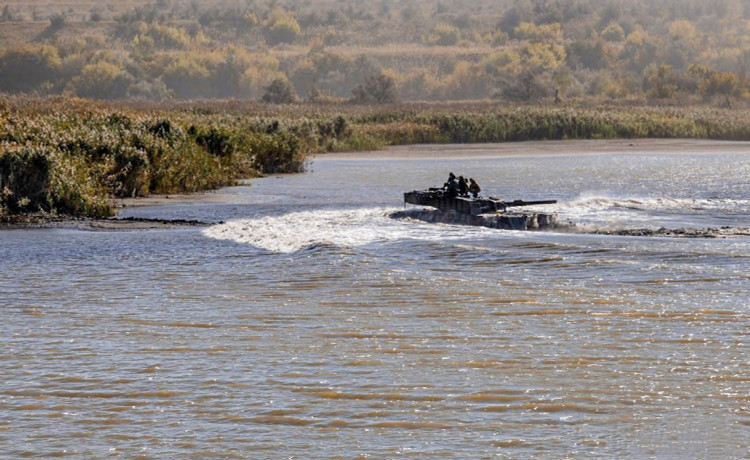
The Leopard 1A5 weighs 42 tons and is armed with a 105mm main gun, while the Leopard 2A4 weighs 61 tons and has a larger 120mm gun. Both tanks have a crew of four, but the Leopard 2A4 offers significantly better crew protection.
It is not yet clear which specific units of the Ukrainian National Guard will receive these tanks, but they will likely be the 12 assault brigades, each with at least 2,000 troops.
These assault brigades, like all National Guard brigades, are made up of border guards, police and other internal security forces, but are trained and equipped to the same standards as the Ukrainian army, airborne troops and marines.
However, the addition of armored vehicles to the National Guard does not mean an expansion of Ukraine's tank force, but rather part of a comprehensive change in tank doctrine in the era of drones.
After losing more than 1,000 tanks, most of them destroyed by Russian UAVs, Ukrainian military planners have acknowledged that these heavy combat vehicles with powerful firepower need to change the way they operate to survive on the battlefield - where small drones are constantly present and everywhere.
Now, tank crews had to act extremely cautiously, often hiding in warehouses, garages or underground bunkers, only moving out briefly to fire a few rounds and then immediately retreating to cover.
This is “a new era of cautious tanks,” analyst David Kirichenko of the Washington-based Center for European Policy Analysis (CEPA) said in September 2024.
Instead of serving as a close-combat vehicle as they once did, tanks now operate more cautiously, like mobile artillery, and are thus losing some of their traditional role. Grasping this new reality, the Ukrainian army is reorganizing all its tank units.
Ukraine adjusts tactics
The four current tank brigades, each with 100 tanks, will likely be disbanded. Some of the hundreds of tanks to be reallocated in the reorganization, including dozens of Leopard 1 and Leopard 2 tanks out of the 240 vehicles Ukraine received from its allies, will be transferred to new battalions of 30 tanks each, belonging to infantry, mechanized brigades and corps made up of multiple brigades that the Ukrainian ground forces are organizing.
Ukrainian tanks are being dispersed on the battlefield: spread out and hidden to avoid detection by drones, and are also being redistributed within the Ukrainian military's force structure: shifting from an offensive role to a supporting one, as the conflict is increasingly dominated by small but highly lethal UAVs.
The end result would likely be a smaller tank force, with fewer vehicles and crews, but better suited to the type of fighting Ukraine is fighting.
The reduction of tank brigades is not only a doctrinal adjustment, but also helps the Ukrainian General Staff solve one of the most intractable challenges today: the severe shortage of infantry forces on the front line.
By reducing the number of recruits required to train as tank crews, military planners can redirect manpower to training infantry—the force that is under the greatest pressure on the battlefield.
Source: https://khoahocdoisong.vn/bai-hoc-xuong-mau-cua-ukraine-sau-khi-mat-hon-1000-xe-tang-post1541556.html


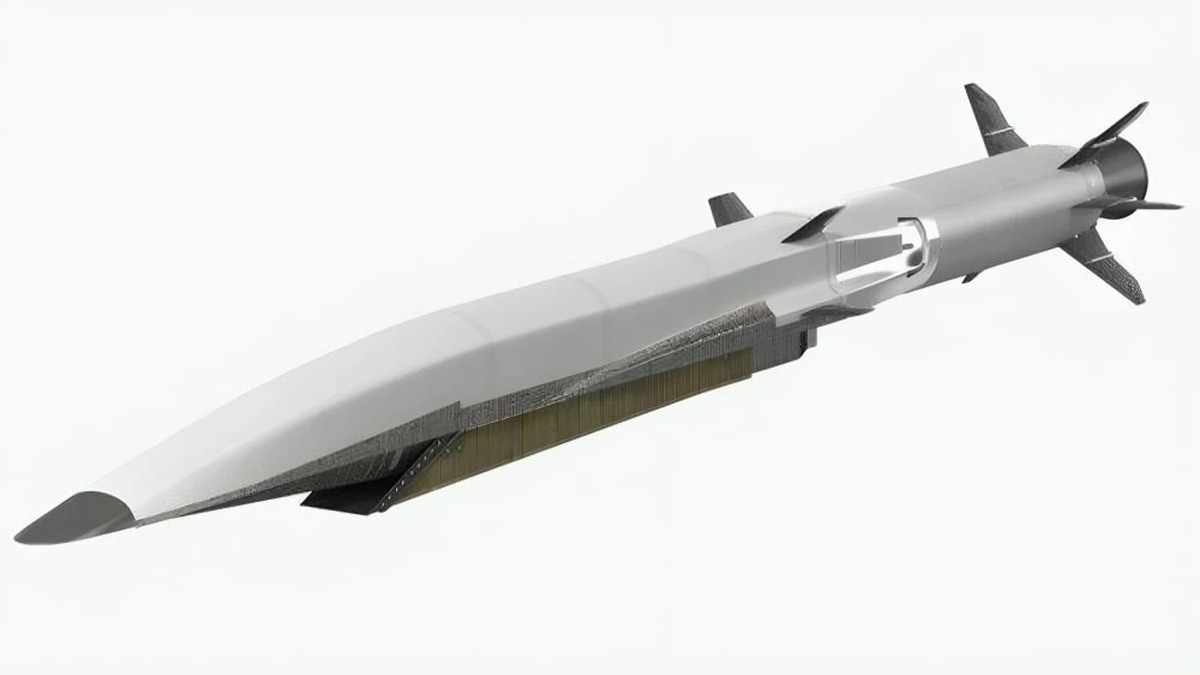

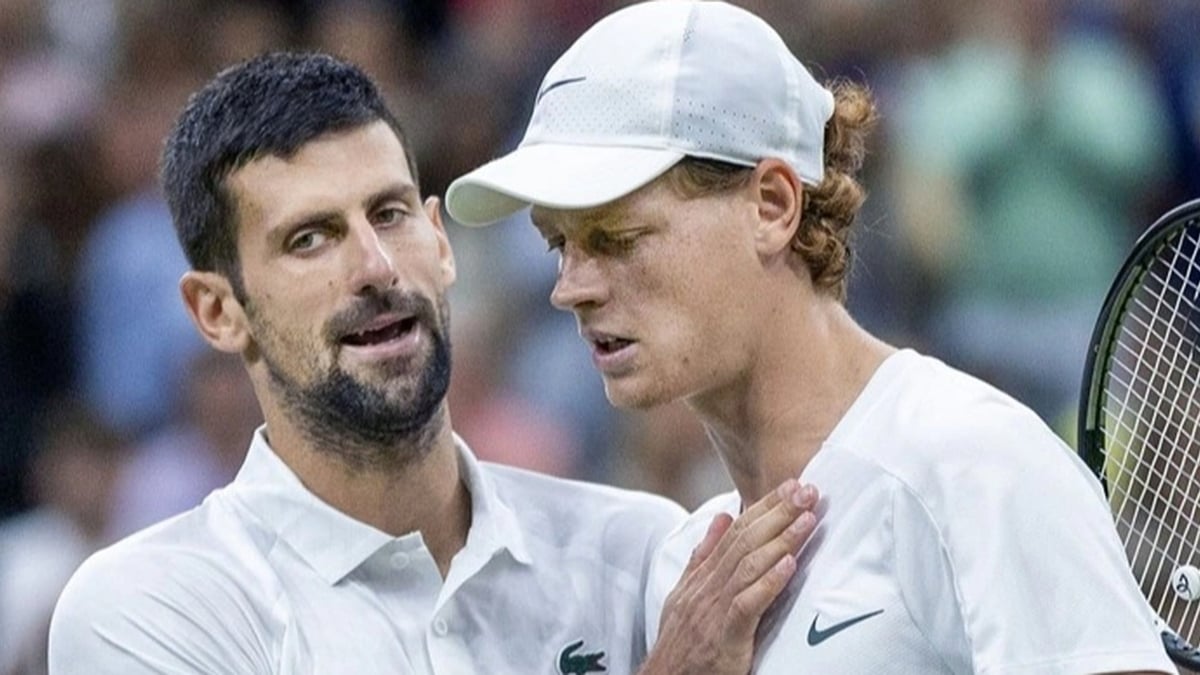



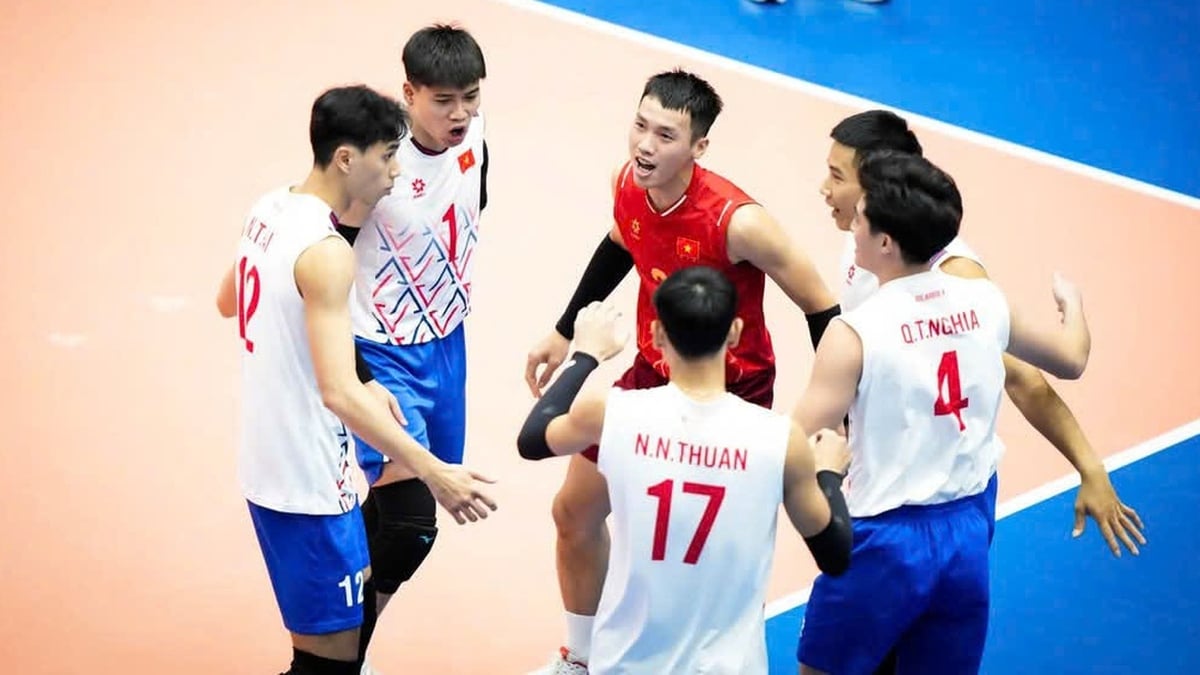

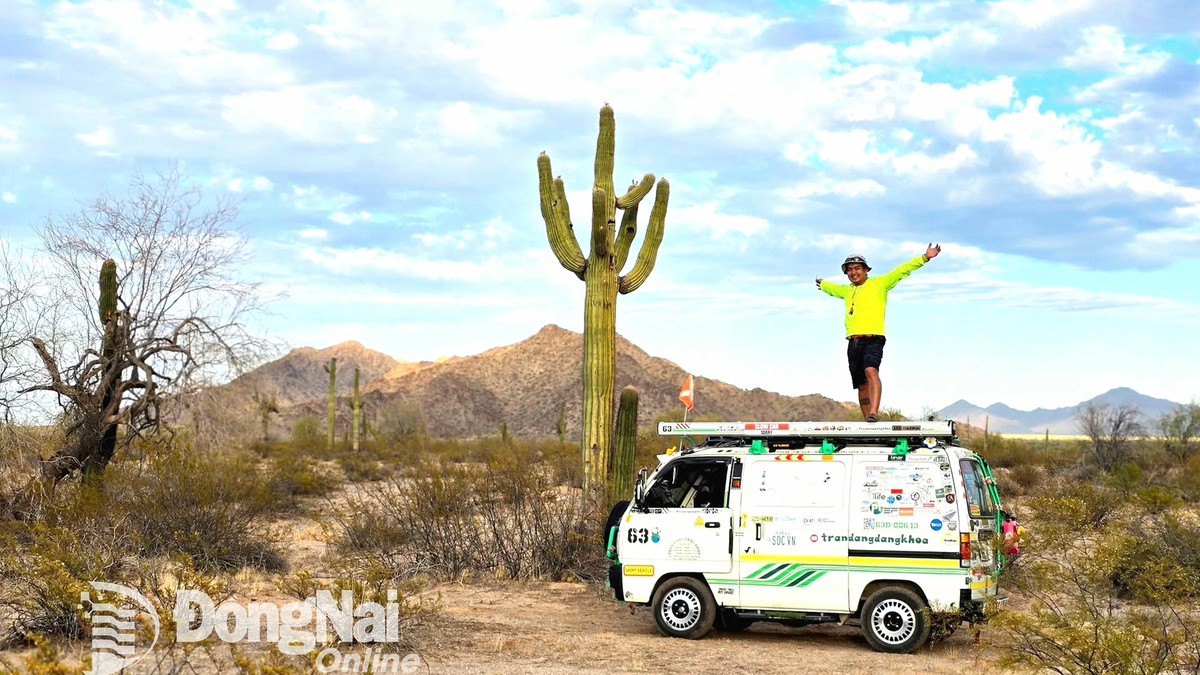
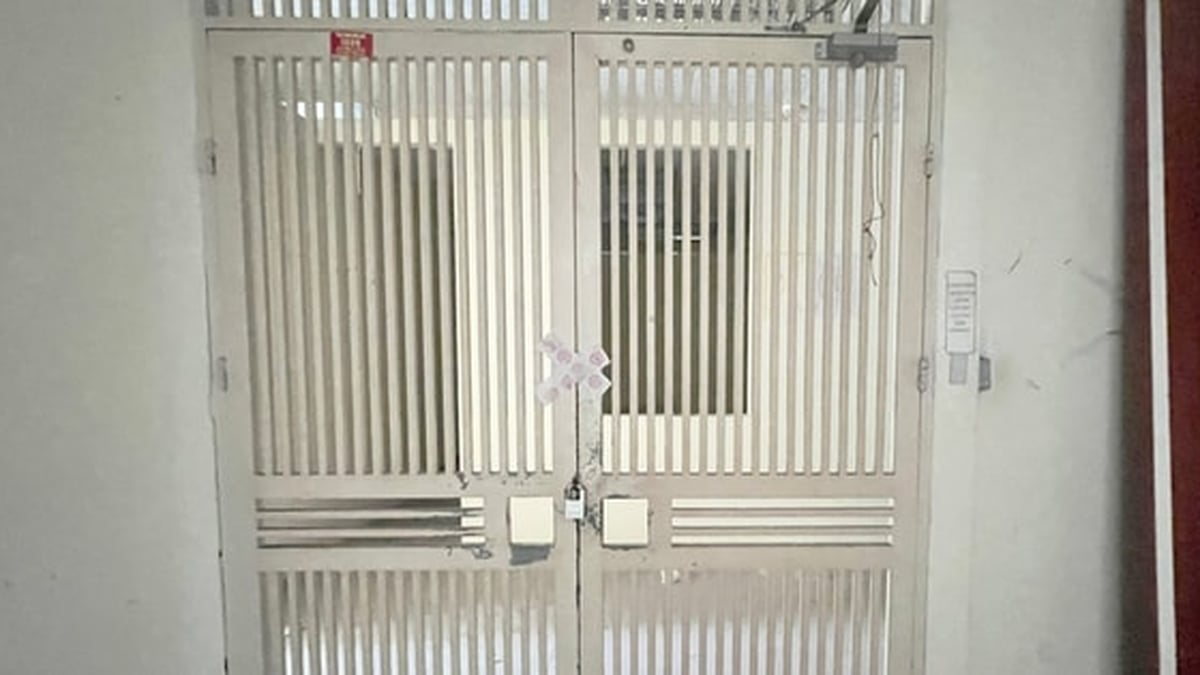






















































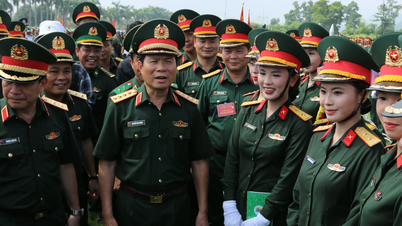
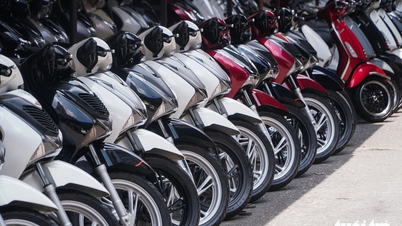




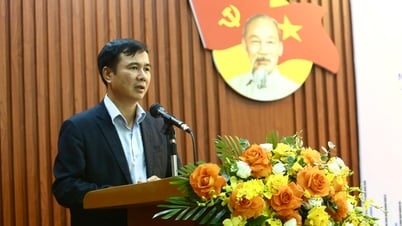

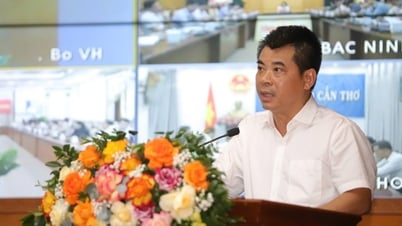

























Comment (0)